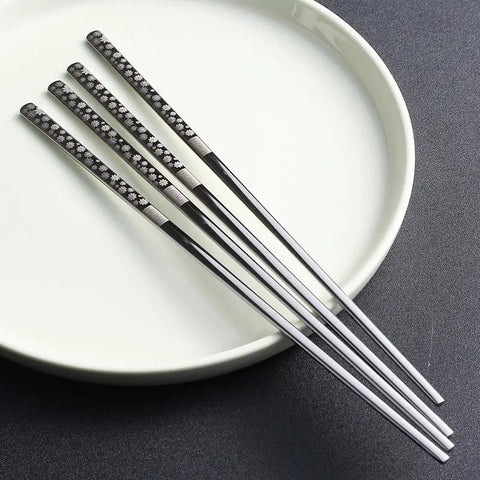Why Placing Chopsticks Correctly Matters
Placing chopsticks correctly after a meal is considered a fundamental part of Asian dining etiquette. It symbolizes respect for the food, the dining companions, and the cultural heritage. Moreover, improper placement can be seen as disrespectful or even superstitious in some cultures. By following the appropriate guidelines, you not only show your appreciation for the culinary experience but also display cultural sensitivity and good manners.
Chinese Chopstick Placement
In Chinese culture, chopstick etiquette holds great significance. After finishing a meal, placing chopsticks vertically in a rice bowl is considered inappropriate, as it resembles the incense burned for the deceased. Instead, it is customary to place chopsticks horizontally across the bowl or rest them on a chopstick holder. These actions signify a sense of completion and respect for the meal.

Japanese Chopstick Placement
Japan has its own unique customs surrounding chopstick placement. After eating, it is customary to place chopsticks back in their original paper wrapper or disposable chopstick sleeve. This practice ensures hygiene and cleanliness, as it prevents the chopsticks from touching the table or other surfaces. Alternatively, chopsticks can be placed on a chopstick rest, known as a "hashioki," which is typically provided at restaurants. The rest is usually a small ceramic or wooden holder designed to cradle the chopsticks horizontally.

Korean Chopstick Placement
Korea, too, has its own set of chopstick etiquette rules. After eating, chopsticks should be placed parallel to one another on the chopstick rest or on the edge of the bowl. Placing them vertically in the rice or food is generally avoided, as it resembles the traditional practice of offering food to the deceased. Proper placement demonstrates respect for the meal and consideration for others.

Other Asian Chopstick Customs
Beyond China, Japan, and Korea, other Asian countries have their own chopstick customs. In Thailand, chopsticks are primarily used for noodle dishes, while spoons are the utensil of choice for rice. After a meal, chopsticks should be left on the plate or bowl, parallel to each other. In Vietnam, chopsticks are typically left horizontally across the bowl after eating, while in Malaysia, they are often placed on a chopstick rest or on a napkin beside the plate.
Conclusion
The art of placing chopsticks after a meal is a subtle yet significant way to show respect for Asian culture and traditions. By adhering to the appropriate practices, you demonstrate cultural sensitivity and appreciation for the culinary experience. Whether it's the horizontal placement in China, the use of chopstick rests in Japan, or the parallel positioning in Korea, understanding these customs helps foster cross-cultural understanding and enhances your dining experience. So, the next time you enjoy a delicious Asian meal, remember to place your chopsticks correctly, paying homage to the rich history and traditions behind this essential utensil.

